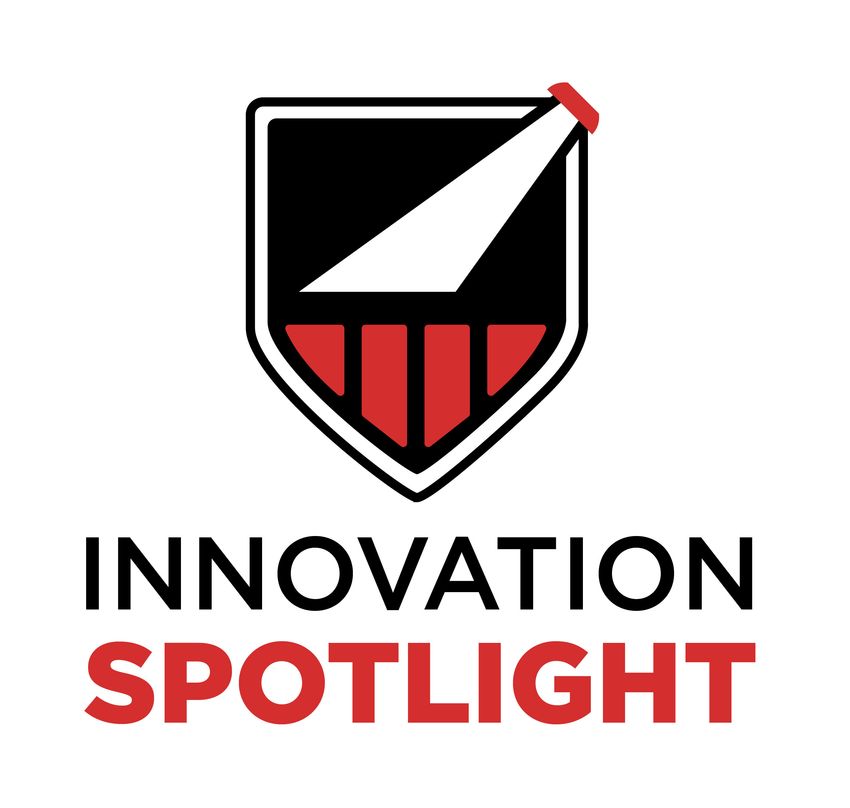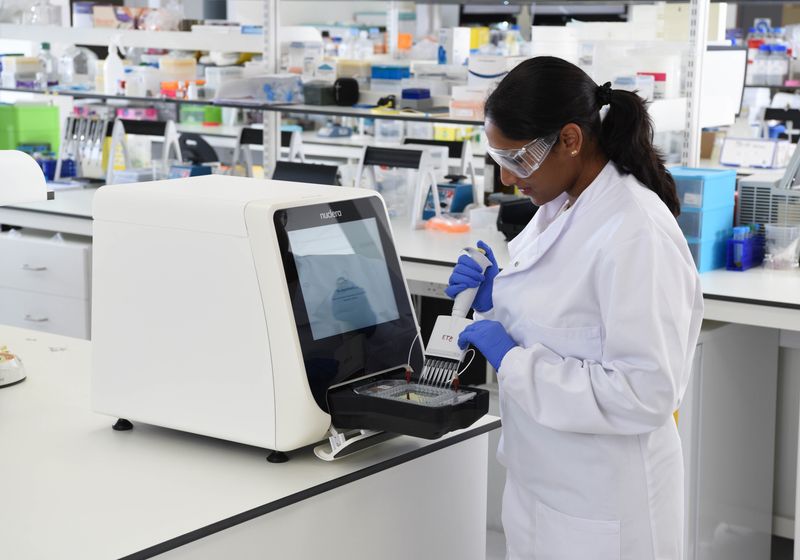Michael Chen, PhD Cofounder and Chief Executive Officer Nuclera
For Michael Chen, the path from academia to biotech entrepreneurship began with a protein that refused to cooperate. His laboratory struggles, coupled with those of his fellow classmates, became the spark for Nuclera, the biotechnology company that they founded to make proteins more accessible for better research and drug discovery. Today, Chen serves as the transatlantic company’s chief executive officer, leading a team focused on the eProtein Discovery™ platform, designed to streamline protein synthesis and characterization.
What makes Nuclera unique?
Proteins are comprised of 20 or more amino acids, and each amino acid sequence has a different secondary, tertiary, and quaternary structure, so they are very challenging to make. It took me about three and a half years to make the protein that I ultimately co-crystallized and solved the structure of during graduate school. Many people suffer from the same protein production bottlenecks, so my cofounders and I developed a company based on that. Nuclera is a biotechnology company based in Boston, Massachusetts and Cambridge, United Kingdom, and we created eProtein Discovery™, a benchtop tool that can easily be summarized by our mission, which is making proteins easy.
Our platform combines three proprietary technologies. The first is a novel form of microfluidics called digital microfluidics, which allows us to move thousands of nanoliter droplets without confinement to microfluidic channels. This allows scientists to perform complex biological workflows, including ones that typically use magnetic beads for purification and separation experiments. We combined this with in vitro transcription and translation, or cell-free protein synthesis. After adding DNA, the system turns it into protein. Finally, scientists need to detect and characterize the protein they created, so we invented fluorescent protein quality assays to determine the expressibility, purifiability, and solubility of the produced proteins. We combine all of these into an easy protein screening system.
A year ago, we asked one of our scientists to try making the protein that I struggled with during graduate school, and he was able to make it in two weeks with our platform. We were just amazed.
How did the founding team of Nuclera come together?
I founded Nuclera in part with Gordon McInroy. I met him at the University of Cambridge in the laboratory of Shankar Balasubramanian, who is famous for inventing next-generation sequencing via Solexa. He created a company that became Illumina, so we were in an entrepreneurial environment. This led us to look for entrepreneurial solutions for the problems we faced in the lab. At the University of Cambridge, I also met the other cofounders, Jiahao Huang and Radu Lazar, and all four of us were unified over how difficult it was to get DNA because it cost one dollar per base pair. Proteins come from hundreds, if not thousands, of DNA base pairs, so that cost added up rapidly. We wanted to create a benchtop device that printed DNA. Unexpectedly, over the next several years, the price of DNA dropped precipitously, down to 10 cents or less per base pair. So, we pivoted from making DNA to creating proteins where you can routinely charge thousands or tens of thousands for one protein.
Were there any moments in those first few years when things almost didn’t work out? What kept you going despite setbacks?
We started the company as a side venture while we were in graduate school, right in the proverbial garage. Then we raised a little bit of funding and got incubator space. But, there was a period when we literally had no cash left in the bank. My cofounders and I would sometimes sleep inside the office and take loans from the “bank of mom and dad.” But fortunately, we closed our Series A financing round in 2019.
The COVID-19 pandemic was also a major challenge. Imagine starting a laboratory-based company and then being told that everyone needs to go home and quarantine. We didn’t know what to do at that point. As founders, we needed to rapidly come up with safe social distancing guidelines to get the lab work done and then demonstrate enough progress through that period to raise another financing round.
The past few years have been challenging for biotech fundraising, but we are resonating with customers. Jonathan Milner, our board chairperson, tells me that there is always money for good companies that have a sound customer base and can provide valuable services or goods to widen that base. So, we raised a Series C financing round towards the second half of last year and are one of the few companies to demonstrate consistent financing and capitalization.
As you grew from a small founding team into a full-fledged biotech company, what were the most pivotal milestones that got Nuclera to where it is today?
Around 2017, we approached E Ink, the MIT Media Lab spin-off that is the technology behind Amazon’s Kindle. Rather than moving ink around, we thought their technology could help us move droplets around for complex biological workflows, such as DNA or protein synthesis. They were interested in exploring this, so they formed an internal team and in 2020 we combined companies. We used the E Ink technology to move droplets, giving digital microfluidics a voice and making us one of the most successful commercializing vehicles for this type of innovation.
What is on the horizon for Nuclera?
Last year, we developed our eProtein Discovery™ system for soluble proteins. Researchers use this to find the best constructs and folding conditions for the proteins that they want to make. Several months ago, we launched our membrane protein workflow, which adds lipid nanodiscs to the reaction. This is basically a protein that surrounds a lipid bilayer, which provides an environment to co-translationally fold membrane proteins into. As a result, researchers can use this technology to make active transporters and G protein-coupled receptors.
What’s next for Nuclera is to address the big missing piece from our vision, which is antibodies. We have people working on adding binding readouts to our platform. Imagine adding DNA and then learning within 24 hours whether an antibody binds to the produced target of interest. That is really expensive to do today. We want to provide antibody validation at a fraction of the current price, so that’s the next evolution of our platform.
What advice would you give other scientists thinking about starting a company?
If someone starts a company, it is critical that they are not in love with their technology, but rather in love with providing a solution to customers that meets their needs. To not be enamored by the technology sounds heretical, especially to a lot of company founders, but the most successful people in the life sciences tend to be those who have a clear vision of what challenge they are trying to solve and the benefit that they’re providing to the customer. Then, they need to critically evaluate whether the technology will get them there. Are they making something better or faster? “If you build it, they will come” does not exist. The focus needs to be on creating a solution and determining the magnitude of the benefit needed. Then, founders can think about which technology will get them where they need to be.


